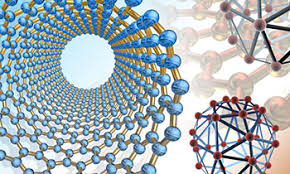Mechanical and Materials Engineering, Department of
Document Type
Article
Date of this Version
12-9-2021
Citation
Miller HA, Schake MA, Bony BA, Curtis ET, Gee CC, McCue IS, et al. (2021) Smooth muscle cells affect differential nanoparticle accumulation in disturbed blood flow-induced murine atherosclerosis. PLoS ONE 16(12): e0260606. https://doi.org/10.1371/journal. pone.0260606
Abstract
Atherosclerosis is a lipid-driven chronic inflammatory disease that leads to the formation of plaques in the inner lining of arteries. Plaques form over a range of phenotypes, the most severe of which is vulnerable to rupture and causes most of the clinically significant events. In this study, we evaluated the efficacy of nanoparticles (NPs) to differentiate between two plaque phenotypes based on accumulation kinetics in a mouse model of atherosclerosis. This model uses a perivascular cuff to induce two regions of disturbed wall shear stress (WSS) on the inner lining of the instrumented artery, low (upstream) and multidirectional (downstream), which, in turn, cause the development of an unstable and stable plaque phenotype, respectively. To evaluate the influence of each WSS condition, in addition to the final plaque phenotype, in determining NP uptake, mice were injected with NPs at intermediate and fully developed stages of plaque growth. The kinetics of artery wall uptake were assessed in vivo using dynamic contrast-enhanced magnetic resonance imaging. At the intermediate stage, there was no difference in NP uptake between the two WSS conditions, although both were different from the control arteries. At the fully-developed stage, however, NP uptake was reduced in plaques induced by low WSS, but not multidirectional WSS. Histological evaluation of plaques induced by low WSS revealed a significant inverse correlation between the presence of smooth muscle cells and NP accumulation, particularly at the plaque-lumen interface, which did not exist with other constituents (lipid and collagen) and was not present in plaques induced by multidirectional WSS. These findings demonstrate that NP accumulation can be used to differentiate between unstable and stable murine atherosclerosis, but accumulation kinetics are not directly influenced by the WSS condition. This tool could be used as a diagnostic to evaluate the efficacy of experimental therapeutics for atherosclerosis.
Included in
Mechanics of Materials Commons, Nanoscience and Nanotechnology Commons, Other Engineering Science and Materials Commons, Other Mechanical Engineering Commons



Comments
Open access